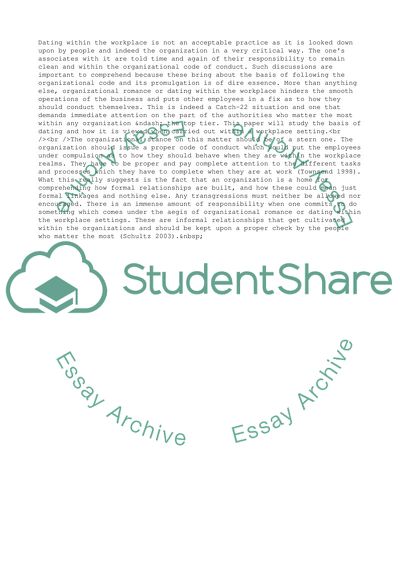Cite this document
(Advancements in Organizational Communication - Dating in the Workplace Assignment, n.d.)
Advancements in Organizational Communication - Dating in the Workplace Assignment. https://studentshare.org/management/1743733-dating-in-the-work-place
Advancements in Organizational Communication - Dating in the Workplace Assignment. https://studentshare.org/management/1743733-dating-in-the-work-place
(Advancements in Organizational Communication - Dating in the Workplace Assignment)
Advancements in Organizational Communication - Dating in the Workplace Assignment. https://studentshare.org/management/1743733-dating-in-the-work-place.
Advancements in Organizational Communication - Dating in the Workplace Assignment. https://studentshare.org/management/1743733-dating-in-the-work-place.
“Advancements in Organizational Communication - Dating in the Workplace Assignment”. https://studentshare.org/management/1743733-dating-in-the-work-place.


